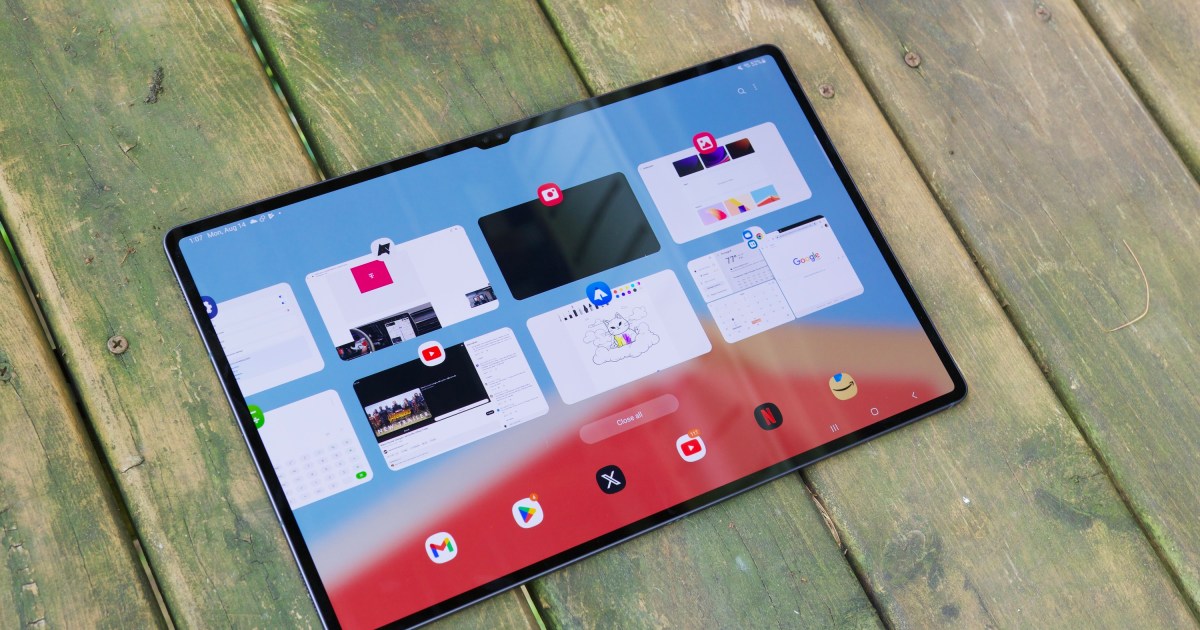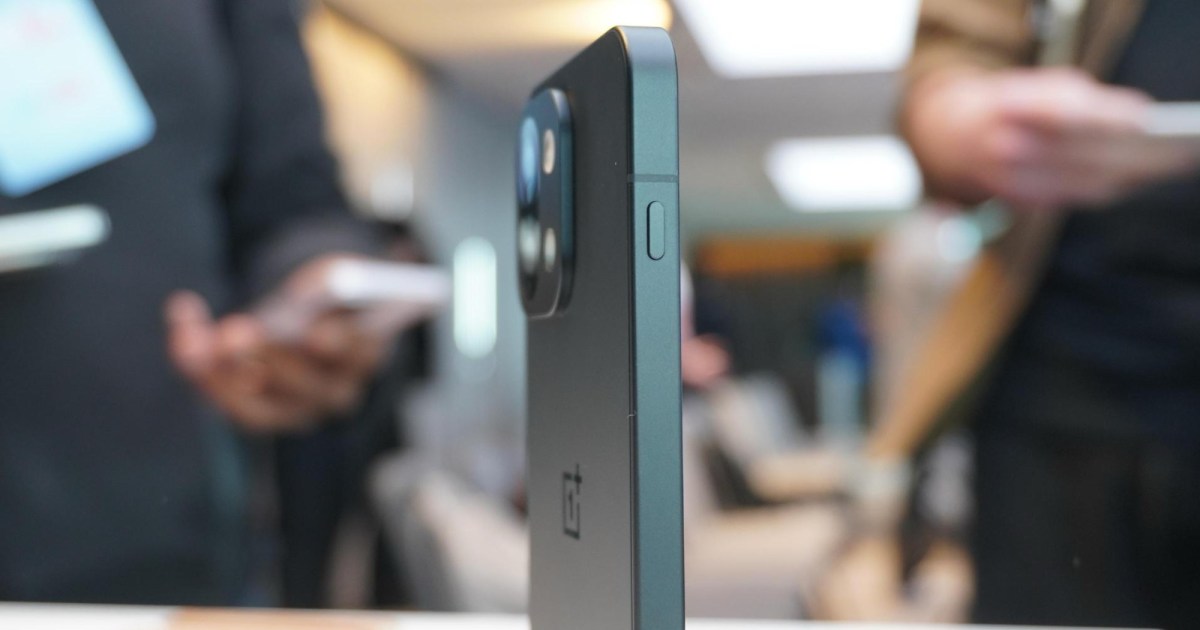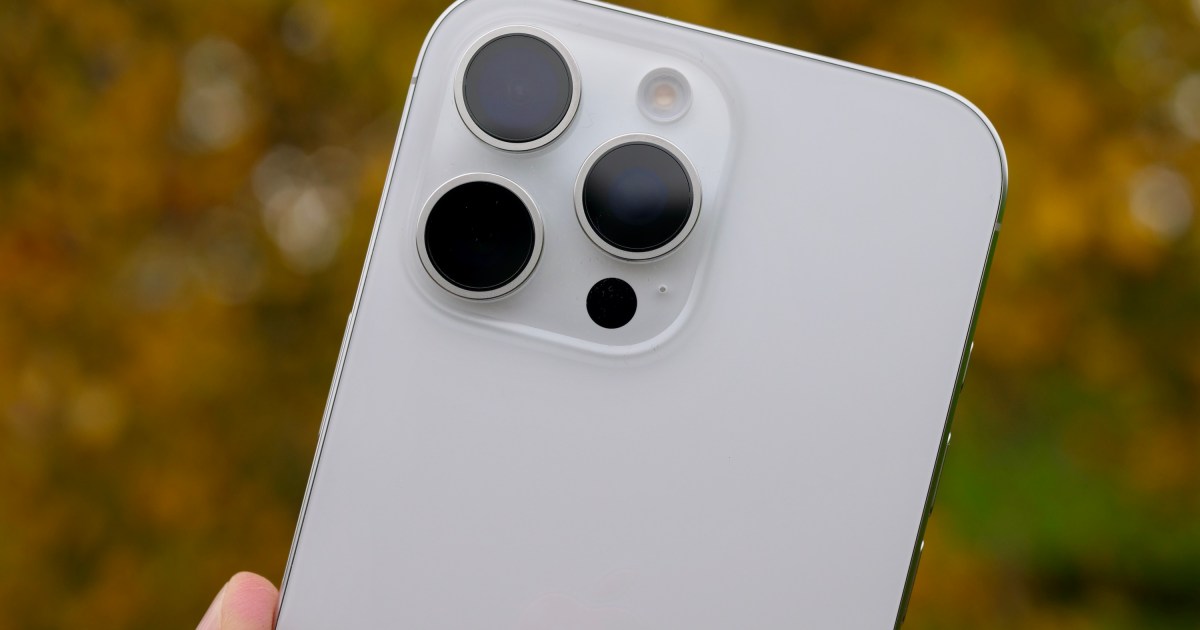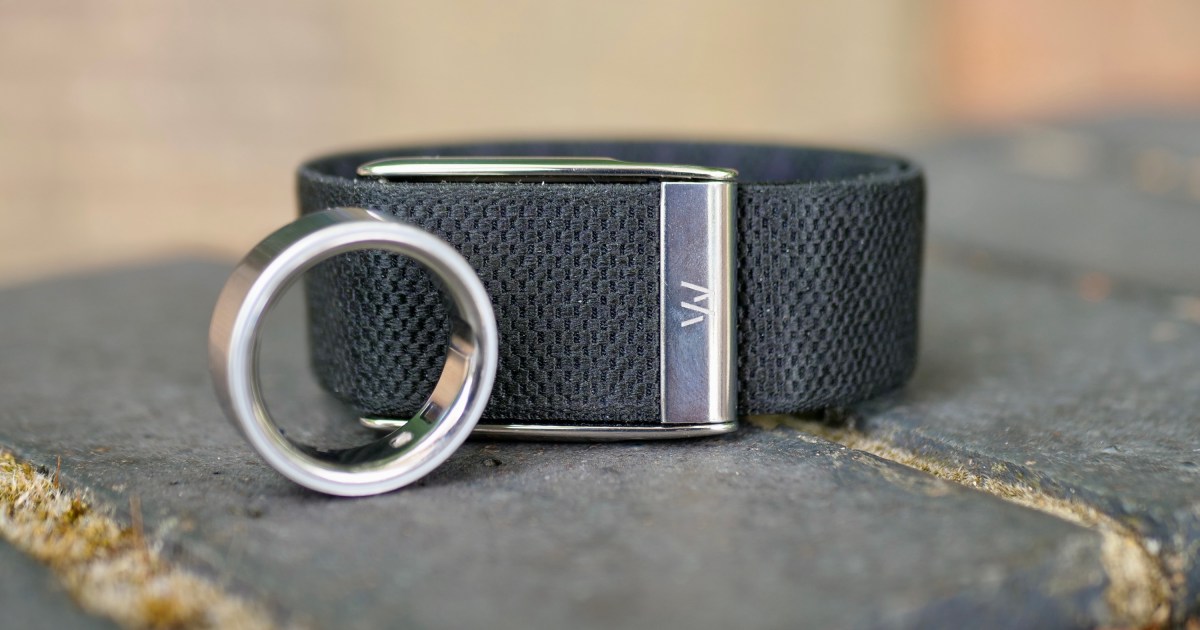A dedicated, screen-less fitness band might seem like a tough sell in an era dominated by flashy smart rings and feature-packed smartwatches, yet Whoop returns with the Whoop 5.0. Aimed squarely at performance-oriented individuals, it minimizes distractions and focuses on empowering users to enhance their health through personalized coaching, comprehensive data analysis, and habit-building support. I’ve worn the Whoop 5.0 for 21 days to determine if such a minimalist fitness band still holds its value in 2025.
Whoop 5.0: Design and Build – Comfort Over Charisma?
![]() Close-up side view of the Whoop 5.0 fitness tracker module on a person's wrist, highlighting its sleek black design.
Close-up side view of the Whoop 5.0 fitness tracker module on a person's wrist, highlighting its sleek black design.
The Whoop 5.0 maintains a design philosophy similar to its predecessor, the Whoop 4.0, but introduces two distinct versions: the standard Whoop 5.0 and the Whoop MG. The core technology and sensors are housed in a central module, attached to a fabric band available in various colors and materials. Opting for the Whoop MG model unlocks advanced health features, including an electrocardiogram (ECG), irregular heart rate alerts, and blood pressure readings.
Health monitoring is the unequivocal focus of the Whoop. It lacks a screen, doesn’t display the time, and won’t bother you with smartphone notifications. Its sole purpose is to track health statistics, sleep patterns, and physical activity. I’ve been testing the Whoop MG, which weighs a mere 28 grams, allowing for comfortable 24/7 wear without any issue. The band feels durable, never gets sweaty, and boasts an IP68 rating for dust and water resistance. If you’re seeking a tracker that you can wear and essentially forget about, the Whoop 5.0 is an excellent contender.
![]() Whoop 5.0 fitness band worn on a wrist, showcasing its black fabric strap and central module.
Whoop 5.0 fitness band worn on a wrist, showcasing its black fabric strap and central module.
However, the Whoop 5.0 isn’t particularly subtle or aesthetically refined. The module itself is quite thick and is secured by a wide band. The Whoop MG version features a polished clip that holds everything together, making it rather noticeable. It doesn’t stand out as a stylish wrist accessory, so if you’re looking for a device that tracks health and activity while also making a fashion statement, the Whoop probably won’t be your top choice.
This is where my feelings about the Whoop become conflicted. Its lightness ensures comfort, and it doesn’t interrupt my day, yet I don’t feel any particular attachment to it. I’ve worn it on my right wrist, opposite a traditional watch, which is a welcome benefit. However, I often find myself wishing it were slimmer, smaller, and far more discreet. There’s a clear reason why smart rings and smartwatches have largely superseded traditional fitness bands: they can also serve as lifestyle or fashion accessories. Wearing the Whoop MG reminded me why I generally prefer those alternatives.
Navigating the Whoop App: Data-Rich but Demanding
![]() The Whoop 5.0 fitness tracker module placed next to a smartphone displaying the Whoop app interface.
The Whoop 5.0 fitness tracker module placed next to a smartphone displaying the Whoop app interface.
No one will purchase the Whoop primarily for its hardware; the band is merely a means to an end. The true value lies in the wealth of data it collects, all presented within the Whoop app. This app is quite different from Apple Health or Samsung Health and, at least initially, feels less user-friendly. The main page prominently displays your sleep metric as a percentage, alongside “Recovery” and “Strain” scores. Understanding these three core metrics is crucial to getting the most out of the Whoop band.
“Recovery” functions similarly to a daily Readiness score, while the “Strain” metric is more akin to a daily activity score. Tapping on each reveals deeper insights and more familiar data points such as heart rate variability (HRV), resting heart rate, and step count. Each section includes a variety of graphs illustrating how your current scores compare to the previous week. By utilizing the Recovery and Strain data, you can better understand your preparedness for the day ahead.
![]() Side profile of the Whoop 5.0 fitness tracker module, showing its thickness and sensor array.
Side profile of the Whoop 5.0 fitness tracker module, showing its thickness and sensor array.
Venture beyond these primary statistics, and the Whoop app can quickly become overwhelming with information, much of which is repeated across different sections. The Health Monitor tool, for instance, also displays HRV, resting heart rate, and other key stats. Scrolling down the main screen, the “My Dashboard” section presents many of the same data points again. Navigating through the various screens reveals an abundance of graphs related to strain, stress, sleep, and activity.
[internal_links]
Whoop 5.0: Coaching, Training, and Activity Tracking
![]() Screenshots of the Whoop 5.0 mobile app showcasing daily outlook and AI assistant features.
Screenshots of the Whoop 5.0 mobile app showcasing daily outlook and AI assistant features.
What can you do with all this accumulated data? The “Daily Outlook” page provides an AI-generated summary from a virtual assistant, offering basic recommendations on how to achieve your Strain target. You can also ask the assistant questions. For example, inquiring about stress reduction yields suggestions like breathwork, mindfulness, outdoor activities, and hydration—all very general advice, as expected from a non-medical device.
The app encourages users to maintain a daily journal, though I’ve yet to fully discern its impact on the advice or app functionality. Additionally, you can set up individual plans to help boost fitness, improve well-being, or enhance sleep quality. However, there’s little direct motivation to push yourself, a factor not helped by the device’s lack of a screen. Elsewhere, a “Strength Trainer” mode unlocks a range of workouts. These are guided through the app, but the process isn’t very well automated, requiring frequent screen taps to progress through the plan, which can be distracting. It falls short of the excellent workout experiences found in platforms like Apple Fitness Plus.
![]() Various screens from the Whoop 5.0 app illustrating activity tracking and data visualization.
Various screens from the Whoop 5.0 app illustrating activity tracking and data visualization.
You can also track a vast array of live activities, and I particularly appreciate how these can be filtered by your desired outcome, whether that’s boosting Strain or promoting recovery and sleep. Tracking initiates instantly, and the workout screen and map look great, presenting a wealth of information. While ending a workout can be a bit awkward (the button is somewhat hidden), the Whoop excels at the fundamental fitness band task: tracking activity. Delving deeper into activities reveals helpful additional information such as VO2 Max and strength-related metrics.
The Whoop app certainly doesn’t skimp on data, but its presentation isn’t particularly user-friendly, which is where it loses ground compared to competitors like the Oura Ring 4, the Apple Watch Series 10, and the Samsung Galaxy Watch 7. It also seems less overtly motivating in its efforts to get you moving than I recall the Whoop 4.0 being. The emphasis on high-performance activity tracking appears to have been somewhat diminished, suggesting Whoop may be shifting slightly away from its hardcore user base without fully adapting its app or data presentation to cater directly to more casual users.
Unpacking Whoop 5.0: Subscription Tiers and Advanced Features
![]() The Whoop 5.0 fitness tracker module with its distinctive black band.
The Whoop 5.0 fitness tracker module with its distinctive black band.
The Whoop MG offers more functionality than the standard Whoop 5.0, but accessing these extras requires a higher-tier subscription. Technically, you don’t purchase the Whoop hardware outright; instead, you pay an annual subscription, and your chosen plan dictates the features you receive. The most basic plan excludes the Stress Monitor, Health Monitor, Healthspan readout, ECG, irregular heart rate alerts, and blood pressure readings. To unlock all these features, you need the Whoop MG and the top-tier annual plan. An intermediate option exists, offering some advanced features but omitting the ECG, irregular heart rate, and blood pressure functionalities.
Crucially, prospective users must understand that using the Whoop necessitates an ongoing annual payment. This isn’t a one-time purchase fitness tracker; it’s a continuous commitment. If you discontinue your subscription, there’s no free option to access even basic data—a feature even the Oura Ring offers. If you desire all the features and data, the Whoop becomes an expensive piece of equipment, which isn’t inherently bad provided its utility justifies the cost. The table below outlines long-term ownership costs; note that savings are possible by opting for a 24-month subscription at the time of purchase.
| Device | One year cost of ownership | Two years cost of ownership | Three years cost of ownership |
|---|---|---|---|
| Whoop 5.0 One | $199 | $398 (24 months $299) | $597 |
| Whoop 5.0 Peak | $239 | $478 (24 months $399) | $717 |
| Whoop MG Life | $359 | $718 (24 months $599) | $1077 |
| Oura Ring 4 | From $349, plus $66 subscription | $138 ($487 total after 2 years) | $210 ($559 total after 3 years) |
| RingConn Gen 2 Air | $240 | N/A | N/A |
| Apple Watch Series 10 | From $399 | N/A | N/A |
Although Whoop presents its data using different terminology than other activity trackers, the underlying data, when examined closely, is fundamentally similar. I haven’t found the Whoop to actively push me forward or provide a distinctly different level of insight into my health and well-being compared to other health wearables I use. Furthermore, extra features like ECG and blood pressure readings are available from other non-subscription wearables. Even if you don’t personally require this data now, having it available for free, should the need arise later, is a valuable consideration.
There’s a lot to contemplate with the Whoop, far more than with wearables that don’t involve an annual subscription. Because the device’s focus seems to have shifted somewhat from elite athletes and fitness fanatics, it’s less clear who should primarily consider it. While it certainly doesn’t perform any function poorly, it also doesn’t do anything dramatically better than other available wearables.
Whoop 5.0: Impressive Battery Life and Charging Options
![]() The Whoop 5.0 module connected to its slide-on battery pack for charging.
The Whoop 5.0 module connected to its slide-on battery pack for charging.
The significant advantage of a screen-less design and ample space within the module for a reasonably sized battery is extended battery life. Whoop estimates approximately 14 days from a single charge, and this aligns with my experience. I am currently on day 21, and the battery remains at 40% since I last charged it after 15 days of use. This performance is impressive, especially considering many wearables consume more power during the initial “getting to know you” period.
Charging takes at least 90 minutes, but the charging method also depends on your chosen subscription plan. The basic plan includes a wired charger. However, the more expensive plans provide a wireless power pack, which can be used to charge the band without removing it from your wrist. This is a convenient feature, particularly if you are dedicated to uninterrupted 24-hour tracking. If, however, you are comfortable with missing a few hours of data, the standard charger will suffice.
![]() Size comparison of the Whoop MG fitness tracker (left) next to a Casio G-Shock watch (right).
Size comparison of the Whoop MG fitness tracker (left) next to a Casio G-Shock watch (right).
Long battery life is one of the Whoop 5.0’s most significant advantages. The ability to put it on your wrist and forget about it for two weeks sets it apart from most smartwatches. It also offers at least twice the battery duration of the Oura Ring 4 and about five days more than the RingConn Gen 2 Air. If the prospect of regularly charging a wearable is a deterrent for you, the Whoop should be a suitable option.
Whoop 5.0: Pricing, Availability, and Long-Term Costs
Whoop has streamlined its subscription model compared to the Whoop 4.0. There are three tiers: the “One” plan at $199 per year, the “Peak” plan at $239 per year, and the “Life” plan at $359 per year. The table below details what each plan includes, with an “O” representing an included feature and an “X” indicating a feature missing from that plan.
| Feature | Whoop One | Whoop Peak | Whoop Life |
|---|---|---|---|
| Sleep, Strain, Recovery | O | O | O |
| Personalized Coaching | O | O | O |
| Vo2 Max/Heart Rate Zones | O | O | O |
| Cycle Tracking | O | O | O |
| Healthspan and Pace of Aging | X | O | O |
| Health Monitor/Health Alerts | X | O | O |
| Real-time Stress Monitor | X | O | O |
| Blood Pressure | X | X | O |
| ECG and Heart Scanner | X | X | O |
| Advanced Health Sensing | X | X | O |
| Strap | CoreKnit | SuperKnit | SuperKnit Luxe |
| Charger | Wired charger | Wireless Charger Pack | Wireless Charger Pack |
While Whoop clearly states the annual cost, it’s more practical to consider the total cost of ownership over a couple of years, as most people will realistically keep a wearable for longer than 12 months. This is where the Whoop becomes expensive relative to its competition. An Apple Watch Series 10 starts at $400 with no ongoing subscription, and the RingConn Gen 2 Air costs $240, also without any subscription fees.
The Apple Watch’s feature set is comparable to the Whoop Life plan, while the RingConn Gen 2 Air comfortably rivals the basic Whoop One plan. The Oura Ring 4 positions itself somewhere between these two. During my usage, the Whoop MG has not demonstrated any capabilities significantly beyond what I get from these other devices. The blood pressure monitoring and ECG features were not included in my test account, but the blood pressure feature functions similarly to that on the Samsung Galaxy Watch 7, requiring a standard blood pressure monitoring cuff for initial calibration. I’ve used the Withings BPM Connect for some time, which costs $130 without any subscription.
The Verdict: Should You Invest in the Whoop 5.0?
![]() A person's wrist wearing the Whoop 5.0 fitness tracker, showcasing its band and module.
A person's wrist wearing the Whoop 5.0 fitness tracker, showcasing its band and module.
The Whoop 5.0 is a lightweight activity tracker boasting long battery life and an app packed with data. If you dig deep, its hardcore fitness tracking roots are still evident, though they are less heavily emphasized than before. While this might broaden the Whoop’s appeal to casual fitness enthusiasts, it doesn’t offer anything substantial beyond what a casual user would get from any other wearable. Those seriously dedicated to fitness will appreciate the wide variety of trackable activities and the sheer wealth of data.
After my time with the Whoop 5.0, I’m left feeling somewhat perplexed. There’s nothing inherently wrong with the device or its app. If it were priced around $240 as a one-time purchase, it would be a solid recommendation for those deeply into fitness. However, the subscription model makes it less appealing, especially for individuals only casually interested in monitoring their health, as far better, more cost-effective options exist. I’m also unsure why one would choose a large, rather conspicuous fitness band like the Whoop over a more discreet smart ring.
![]() The Whoop 5.0 fitness tracker module detached from its fabric strap, lying on a surface.
The Whoop 5.0 fitness tracker module detached from its fabric strap, lying on a surface.
There is definitely still a place in the crowded wearables market for a screen-less or minimalist fitness band like the Whoop. However, its appeal diminishes significantly when tied to an expensive, ongoing subscription plan, especially when it doesn’t provide compelling reasons to pay that premium compared to the many other options available. The Whoop 5.0 is a decent health and activity tracker, but it’s crucial to think very carefully about its long-term cost of ownership before committing to a subscription.











